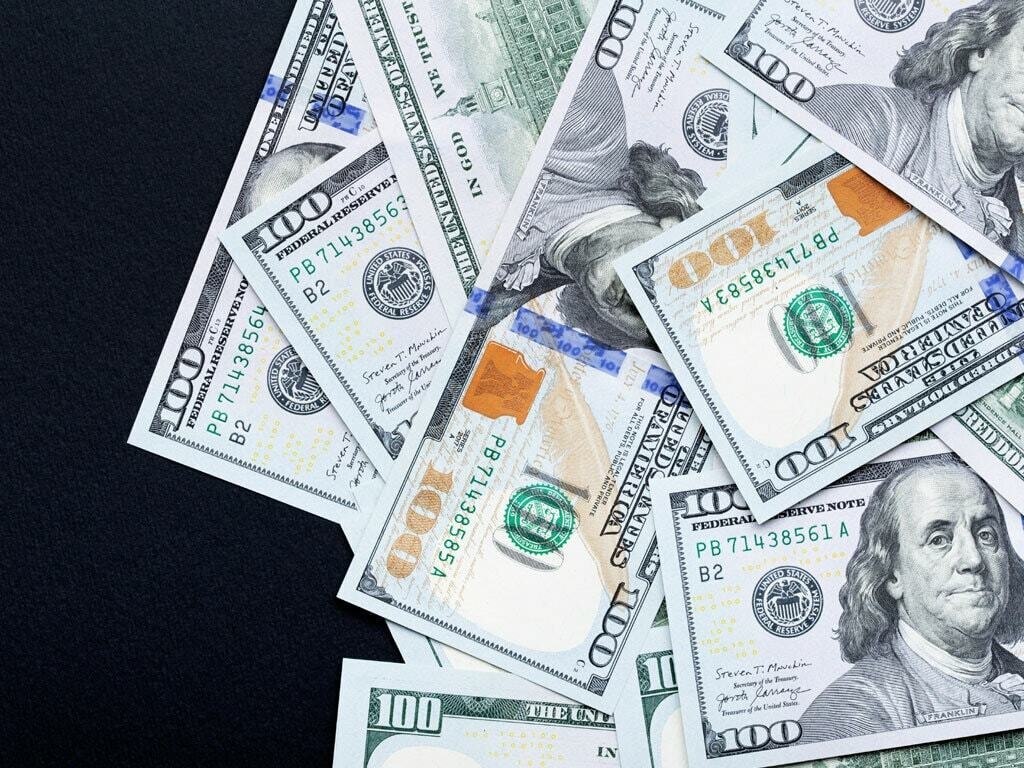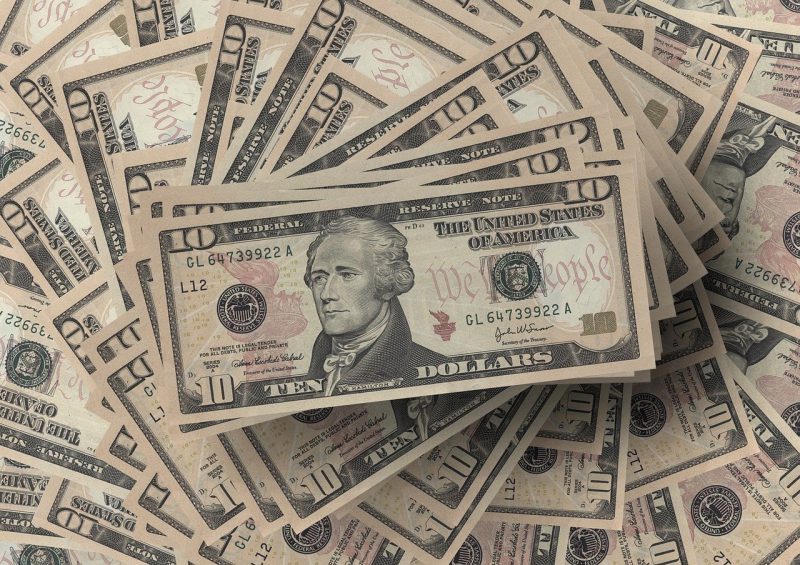Within the financial sector and business operations, there is a plethora of information that is vital to comprehend. Yet one important facet of business operations is the functionality of retained earnings and whether or not they are an asset.
Retained earnings within accounting are the net profit for a specific company after dividend payments have been made. Moreover, retained is the operative word here, as it denotes that earnings were not paid to shareholders. Subsequently, those are then retained by the company, hence the name.
Therefore, let’s delve deeper into the idea and what it means regarding business accounting. Additionally, we will break down whether or not this could be qualified as an asset and some other important factors.
What Are Retained Earnings?


Also Read: What is Business Finance?
Although the name is fairly self-explanatory, let’s delve into just what retained earnings are. Specifically, let’s discuss what retained earnings are on a balance sheet and how they would function within the greater business operations.
For any company’s balance sheet, these earnings are also the accumulated deficit balance and are reported to the stockholders’ equity section of the balance sheet. Additionally, stockholder equity is the capital that is given to a business by a specific shareholder.
Retained earnings are a fluctuating figure that depends on the performance of a company. Specifically, if a company loses money, its retained earnings will understandably go down. Moreover, if a company opts to pay dividends, the retained earnings also increase.
All in all, the retained earnings figure is the net income that is left once dividends have been paid. However, the decision to retain the earnings or distribute them is then up to the company’s management. Subsequently, how these earnings are handled will vary by company.
Indeed, a business that is focused on its growth may not pay dividends at all, so it can use these earnings to fund growth activities. Alternatively, these funds can be used to address production or operational concerns. However, retained earnings become one of the most important data points for company health. Specifically, because it shows how much has been saved.
Are They an Asset?


Also Read: Why is Shiba Inu Ideal for Small Businesses?
Overall, these net profit figures are vital to understanding the total financial picture of a company. They provide a clear point of focus for a financial statement, show working capital, and enhance a picture of business growth or performance.
However, are retained earnings an asset? Well, they aren’t. Because they can be used to buy assets, they do not qualify as an asset in themselves. Moreover, these funds are liabilities to companies, as they are funds set aside to pay back stockholders.
In essence, these are funds that belong to these stockholders. Subsequently, you would not list them as an asset but as liabilities on a specific balance sheet. Additionally, they would be placed under reserves and surpluses within the stockholder’s quality section.
This figure is incredibly important to trade, alongside both assets and liabilities. Conversely, a Limited Liability Company (LLC), for example, would leave a shareholder not liable for a company’s debt. However, they are still entitled to distribute profits. Subsequently, profits that have not been distributed at the end of a calendar year would be understood as retained earnings.
How Do You Calculate Retained Earnings?


Now, it is also vital to understand how best to calculate the figure. Specifically, this would be available through a retained earnings asset formula. Specifically, that would be shown as your current retained profits, plus your profits, minus your losses, and minus your dividends. Then, you would be left with your retained earnings.
Subsequently, this figure is a clear display of how much money a business has been able to maintain since launch. Therefore, continued reinvestment or payments make the figure go down. However, stronger profit figures and the earnings saved will increase.
How it Differs From Profits


Finally, it is important to understand how your retained earnings figures differ from profit. These two things may seem rather similar, but there are key differences that are important in understanding company health.
Both of these ideas are used to figure out financial health to a certain degree, but they show many different aspects of that. Firstly, profit is understood as the bottom line of a company. Specifically, the income that is made from sales is the profit figure. Moreover, profit can also equate to net income, with the gained funds minus the cost to offer those goods or services.
Alternatively, retained earnings are a part of the profit that is saved specifically for payments to shareholders or future use. Meaning that this future is less about overall profit and more about understanding the money that is there for future use by the company.
As previously stated, retained earnings can be paid to investors, used to grow product offerings, or even used to pay off company debts. Additionally, stockholders could see the benefits that future use offers over dividend payments. Subsequently, this capital could be used to increase productivity or aid the company overall.





